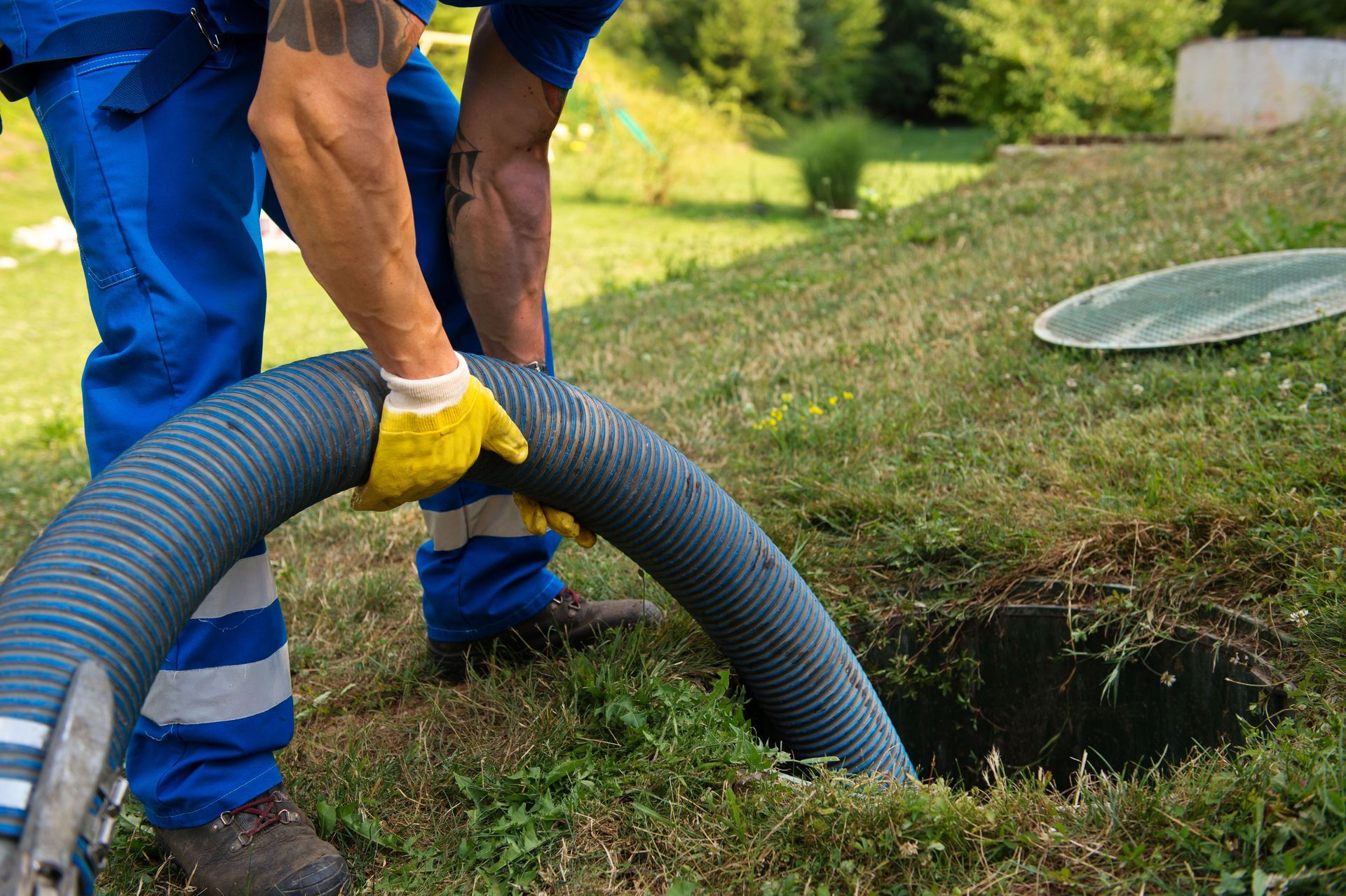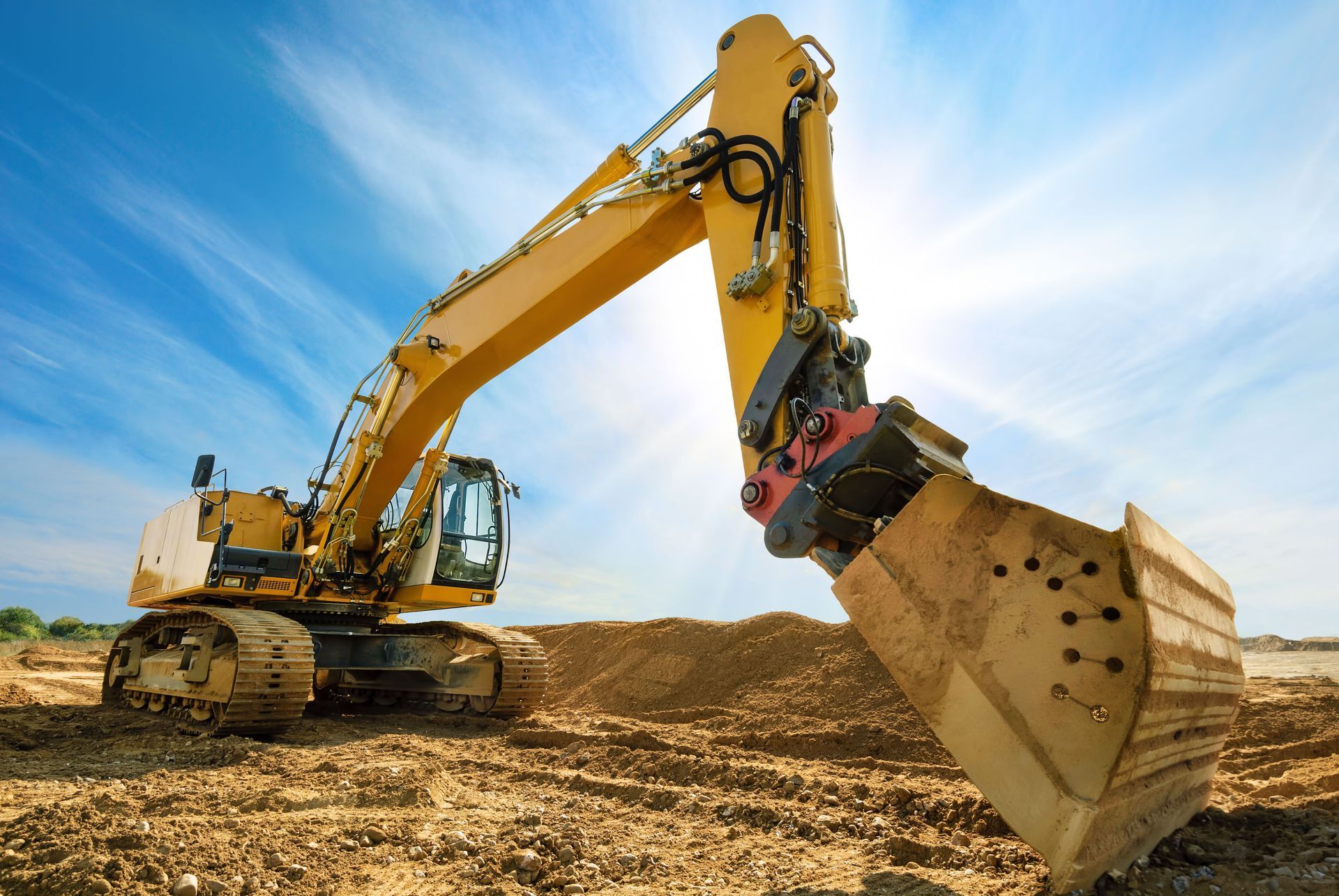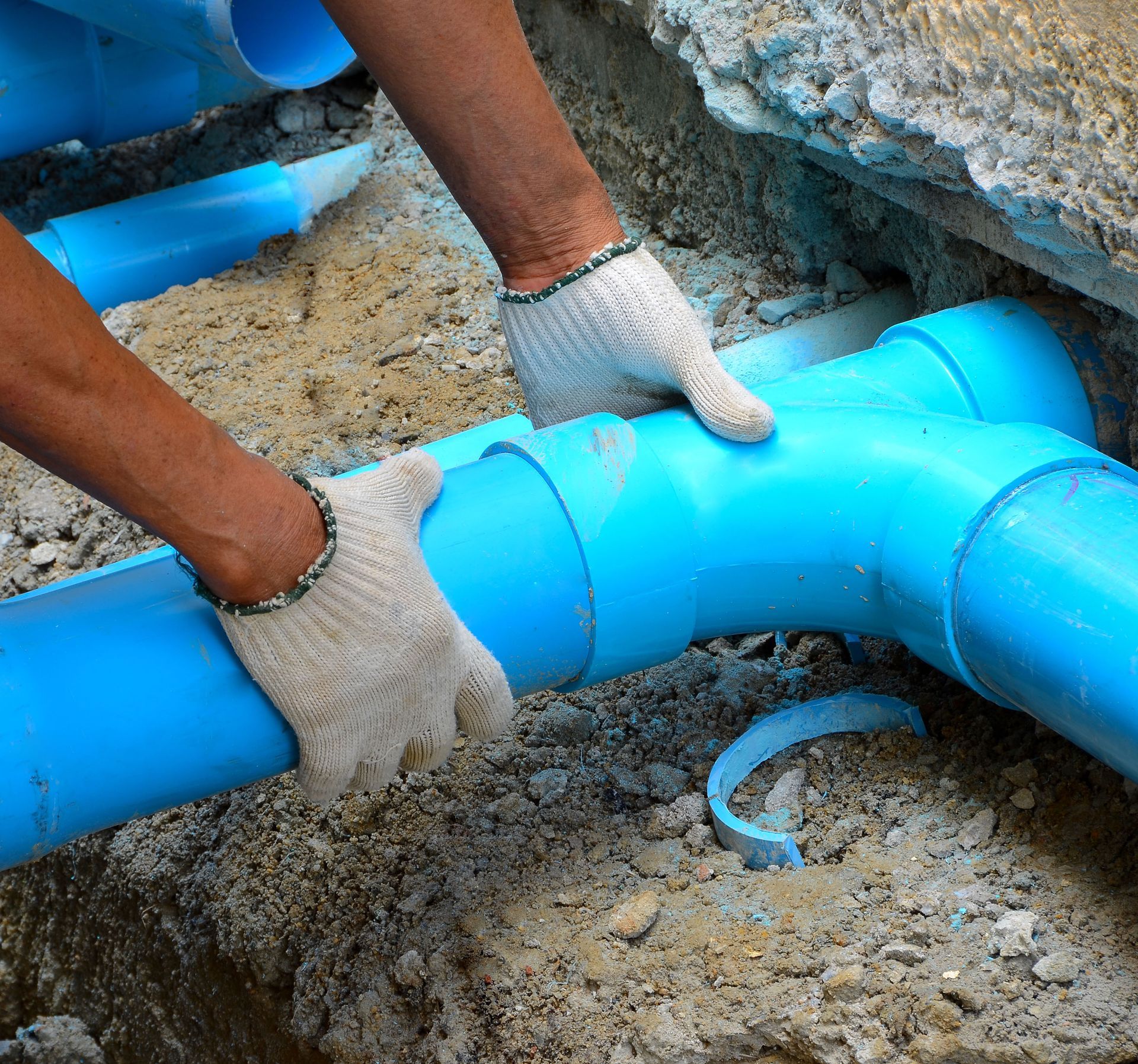5 Factors That Affect a Yard Drainage and Grading Project
Dealing with standing water or soggy sections in your yard? Proper drainage and grading are key, but there are several factors that impact the scope of these projects. Understanding these elements will help set realistic expectations when hiring a contractor for your yard drainage project. Here's what to keep in mind.
1. Size of the Yard
The overall square footage of your yard is a primary factor affecting drainage plans. Larger yards typically require more grading modifications and drainage systems, like catch basins or French drains, to divert water. For smaller spaces, you may only need to add sloping or fill in low spots. Budget and labor needs directly correlate with the project size.
2. Severity of Current Drainage Issues
The extent of existing drainage problems also affects the work required. A few isolated soggy patches are less demanding than whole sections prone to major standing water after rain. Chronic wet areas with very poor drainage need more extensive drainage system installations and grading to remedy issues. According to reports from the home experts at This Old House, acceptable grades are usually between 3% and 25%. Accurately identify problem zones so your contractor can tailor the plans.
3. Soil Composition and Topography
The soil type and terrain contours also influence drainage needs. Densely packed clay soil resists water permeation, necessitating significant regrading to redirect runoff. Hilly or sloped yards require different drainage solutions than flat yards. Be ready to have the soil tested and the site surveyed to learn about the appropriate remedies. Understanding the yard’s base conditions ensures effective fixes.
4. Landscaping Features and Structures
Any existing landscaping features, patios, or structures in the yard also impact drainage plans. Working around established trees, gardens, sheds, pergolas, and the like affects the contractor’s approach and workflow. Be prepared to discuss how new and existing features fit into the overall drainage design.
5. Municipal Drainage Systems
If your property connects to a public storm drain system, your contractor must follow local regulations for tying into public drainage infrastructure. Permits may be required for curb cuts, drain pipe installation, or catch basin connections. Rules can vary by municipality, so be aware of any red tape.
Ask questions about how these elements apply to your specific property. This allows your contractor to tailor the perfect yard drainage plan. Be aware that large yards, dense soils, steep slopes, and intricate landscaping all increase the project scope. Knowing the influencing factors ensures realistic plans and budgeting. If you're looking to work with a professional who can help you with
yard drainage and grading, reach out to EJK Construction LLC for an estimate.
serving Area
Hartford County, CT
and surrounding areas
Business Hours
- Mon - Fri
- -
- Sat - Sun
- Closed




Share On: